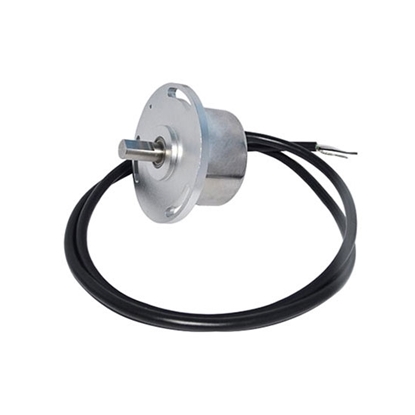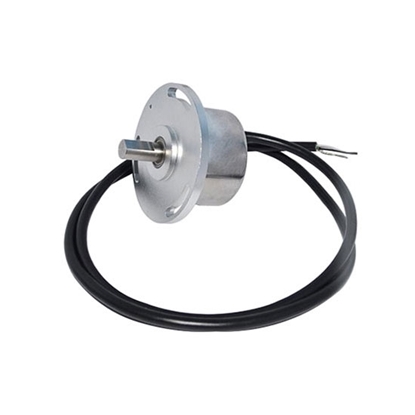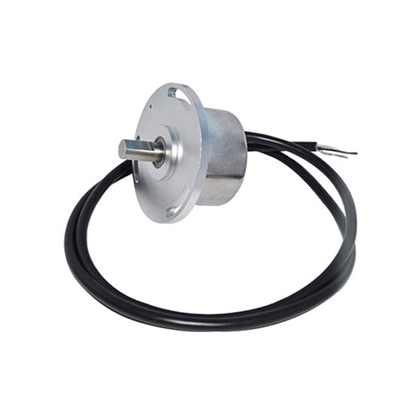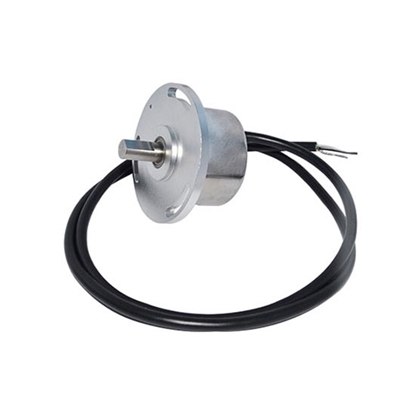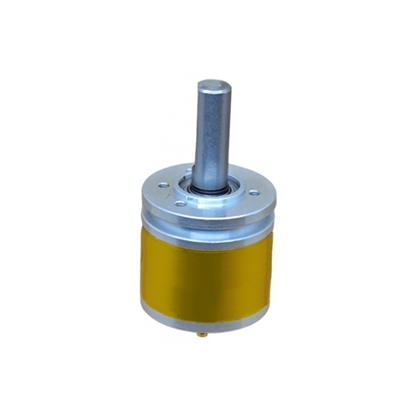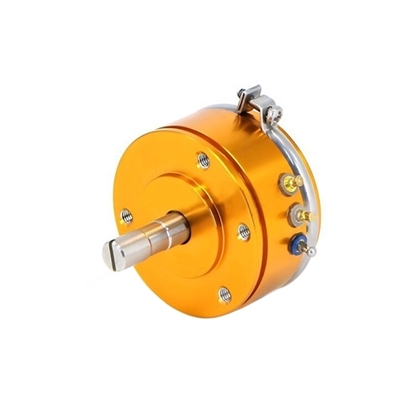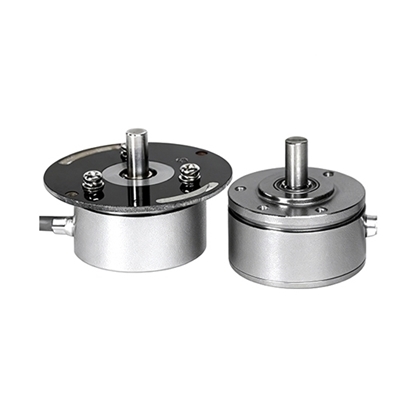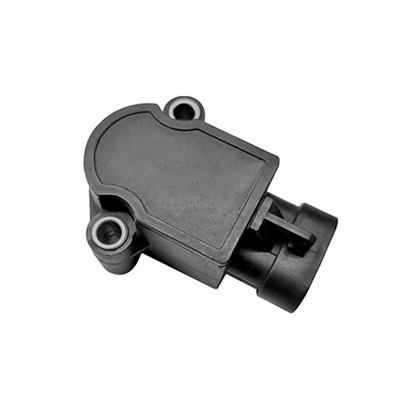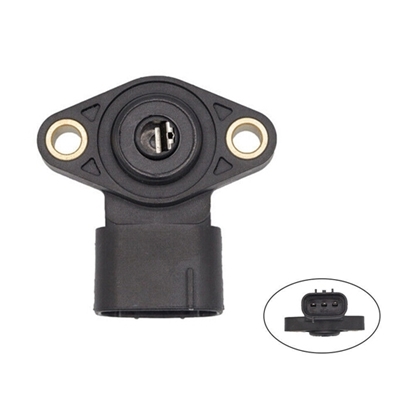Angle Sensor
Magnetic Angle Sensor, Non-Contact, 0-10V/ 0-5V
Magnetic Angle Sensor, Non-Contact, 4-20mA/ 0-20mA
Magnetic Angle Sensor, Non-Contact, RS485/ MODBUS
Magnetic Angle Sensor, Non-Contact, CAN BUS
Magnetic Rotary Angle Sensor, Non-Contact, 0~360°
Potentiometer Angle Sensor with Bracket, Angular Position Sensor
Hall Effect Angle Sensor, Contactless, RS485/4-20mA/0-5V
Magnetic Position Angle Sensor, Non-Contact, 0~120°
Rotary Position Angle Sensor, Non-Contact, 0~120°
ATO magnetic angle sensors are Hall-effect rotary sensor for angle measurements from 0° to 360° to achieve automatic control. These non-contact angle sensors are high out output, high accuracy and high stability, which provide voltage output of 0-10V or 0-5V, current output of 4-20mA or 0-20mA, digital output of RS485 or MODBUS and CAN BUS signal output. Available in precision of ±0.3° or ±0.1° and powered by 9V ~ 36V power supply.
Angle sensor working principle
The angle sensor is used to detect the angle. It has a hole in its body that fits the Lego shaft. When attached to the RCX, the angle sensor counts every 1/16th of a revolution of the shaft. When turning in one direction, the count increases, and when the turning direction changes, the count decreases. The count is related to the initial position of the angle sensor. When the angle sensor is initialized, its count value is set to 0, and you can reset it programmatically if needed.
Magnetic angle sensor functions
- Measurement of rotational speed and angle of industrial machinery, engineering machinery, construction equipment, petrochemical equipment, medical equipment, aerospace instrumentation, defense industry, etc.
- Car electronic foot pedal angular displacement, steering wheel position, seat position, headlight position.
- Automated machines, motion control, rotation and control of rotary motors.
Magnetic angle sensor advantages
- Automatic compensation for misalignment of magnetic steel position.
- Fault detection function.
- Non-contact and frictionless, non-contact position detection function, it is an ideal choice to meet the needs of harsh environment applications.
- Non-contact, high sensitivity, close to infinite rotation life, no noise, high repeatability, good high frequency response characteristics.
Angle sensor applications
- Industry: Cranes, hangers, harvesters, cranes, tilt compensation of weighing systems, asphalt machines.
- Trains: Inclination measurement of high-speed train bogies and passenger cars.
- Maritime: Pitch and roll control, tanker control, antenna position control.
- Drilling: Precise drilling tilt control.
- Mechanical: Tilt control, large mechanical alignment control, bend control.
- Military: Artillery and radar adjustment, initial position control, navigation system, military landing platform control.
Tips for installing angle sensor
- Position the angle sensor mounting boss and fasten it on the metal plate with screws, nuts or pressure plates. When installing the angle sensor, it is strictly forbidden to process the shaft and the casing, such as turning and drilling, so as to avoid the shaft or casing from being subjected to external impact force and pressure. It is strictly forbidden to loosen the screws on the angle sensor and turn the position of the tightening ring.
- When connecting the output shaft of the angle sensor with other parts, it should be noted that the axis line should be kept in a straight line (including the working state). In order to avoid bending and deformation of the angle sensor output shaft, damage to other devices, thus affecting the use.
- The angle sensor should be prevented from being attacked by water droplets, steam, solvents and corrosive gases, and metal chips or other powders should be prevented from entering the angle sensor.
- The external wiring of the angle sensor should be welded at the waist groove of the lead-out end, and try not to be welded on the top of the lead-out end. When welding, it should use no more than 45W electric ferrochrome, and the welding time should be less than 5 seconds. The wire should not be pulled when it is welded and not cooled thoroughly, so as to avoid the brush wire or the entire terminal being pulled out or even falling off.

